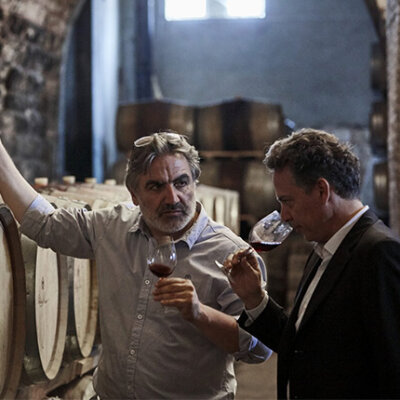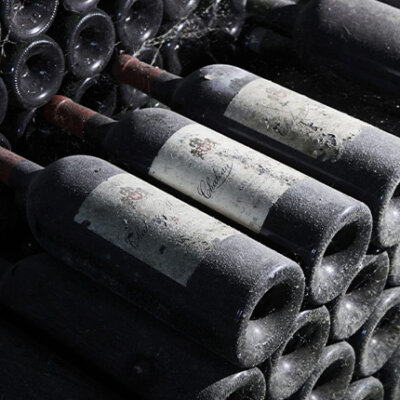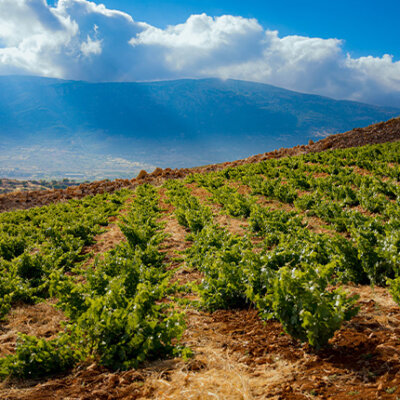Resurrecting “forgotten” ancestral varieties
Over the past 30 years Familia Torres have focused their efforts on the re-discovery of ancient Catalan grape varieties that existed before Phyloxera. The significance of these ancestral varieties goes beyond winemaking. Not only do they have a significance in terms of identity, and culture, but they are also important from an enological point of view. Indeed, they are in insight into the past in what could be described as a form of reverse archaeology, and a guide to the future of Familia Torres’ wines within their various growing regions. Many of these varieties have proven resistant to water stress and the high temperatures brought on by climate change. This means that they will be planted and vinified to a much larger extent in years to come.
“Freshness is the common denominator that unites all of these varieties. Every sip is a burst of intense fruit with good acidity.”
Today close to 50 of these “forgotten” varieties have been rescued and about six of them show great enological potential. Indeed, two of them – Garro and Querol – are already used in the top single vineyard wine Grans Muralles, whilst Forcada, Pirene and Gonfaus – are now used to produce three other single varietal wines.

Forcada
Forcada is a grape that Torres have reintroduced as part of their ancestral varietal recovery programme. It is one of the varietals that survived the phylloxera plague that devastated European vineyards in the late 19th century and is regarded as ‘winemaking gems’ due to its resistance to drought and high temperatures. Grown exclusively in the Mas Palau and Les Escostes vineyards, Forcada is a strongly aromatic white variety with marked acidity, which Torres use to make this single variety wine in very limited production.

Pirene
Pirene is another grape that Torres have reintroduced as part of their ancestral varietal recovery programme. Sourced from the Sant Miquel de Tremp vineyard, in the foothills of the Catalan Pyrenees. At an altitude of 950m, and with calcareous, well-drained soils, the area is characterised by marked temperature variation, which make it possible to maintain the freshness and balance in the wine. The Pirene variety, which has adapted particularly well to these conditions, is a fresh, elegant red variety that Famila Torres use to make this single variety wine in very limited production.

Gonfaus
Gonfaus was rediscovered in 1998 near the village of Santa Eulàlia de Puig Oriol in the Lluçanès area of Osona county. It is named after a field located south of the village, popularly known as the Quintà de Gonfaus. The variety, which produces low yields is now grown at the L’Aranyó estate in the heart of Les Garrigues county (Lleida). “Freshness is the common denominator that unites this grape with the other ‘Forgotten ancestral varietals’ that Familia Torres has rediscovered – ‘’Every sip is a burst of intense fruit with good acidity’’.
Stories, insight and of course wine
Stay up to date with the world of wine



